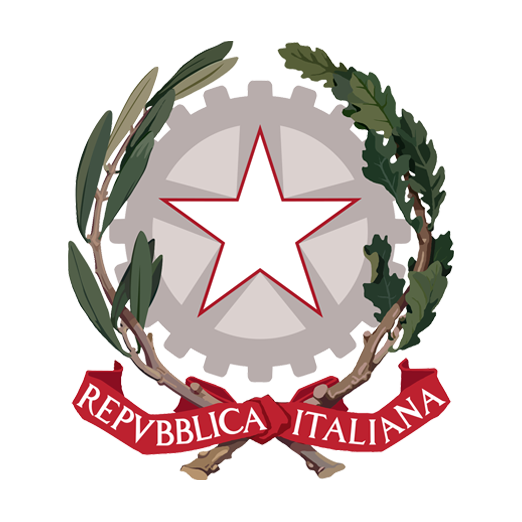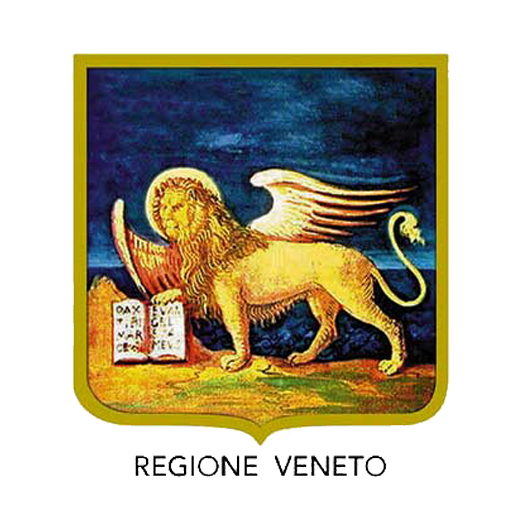Santa Tecla
Via Santa Tecla, 6
The Cathedral of Santa Tecla is the main place of worship in Este and represents the city’s oldest Christian church. Its foundation likely dates back to the 4th or 5th century AD, when a church dedicated to Saint Thecla—a virgin and martyr from Anatolia—was built over the remains of a pre-existing pagan structure. Over time, the building underwent various modifications and reconstructions, resulting in the current Baroque-style structure, which houses numerous works of art, including two 18th-century masterpieces: an altarpiece by Giambattista Tiepolo and a sculptural group by Antonio Corradini.
History and transformations of the Cathedral
The location of the Cathedral, in the western area of the historic center, suggests that in ancient times the city's residential nucleus differed from today's. It is believed that a pagan temple once stood on the site, upon whose remains the first Christian building was erected. During the Middle Ages, the church was expanded and equipped with five naves. Originally oriented with the apse to the east and the entrance to the west, its layout was reversed between 1583 and 1592 at the initiative of Archpriest Francesco Antonio Fracanzani, who commissioned Vincenzo Scamozzi to rebuild the façade facing the new town center.
A violent earthquake in 1688 necessitated the complete demolition of the church. The reconstruction, supported by the citizens and promoted by Archpriest Marco Marchetti, was entrusted to the Venetian architect Antonio Gaspari. The new church, designed in Baroque style, features a unique layout with the axes of the chapels and altars converging toward the center of the elliptical nave. The visual effect is enhanced by the deep presbytery and the tall central dome, which illuminates the entire building. Work began in 1690 and continued until the 1730s, although the façade—designed to be decorated with marble and statues—was never completed.
The Cathedral’s artworks
Among the most celebrated works in the Cathedral is the altarpiece in the apse, painted by Giambattista Tiepolo in 1759. The canvas, titled Saint Thecla Interceding for the Liberation of Este from the Plague, is considered a masterpiece of sacred art. The painting depicts the miracle attributed to the saint’s intercession during the plague of 1630, with a dramatic contrast between shadows and a divine light that illuminates Saint Thecla’s face. In the background, the monuments of Este and the Euganean Hills can be seen.
Another important work is the sculptural group Triumph of the Eucharist by Antonio Corradini, located in the Chapel of the Blessed Sacrament. Made of Carrara marble, it includes the famous statue The Veiled Faith, a masterpiece of sculptural illusionism.
In the opposite chapel is a monumental 17th-century Crucifix, carved from Swiss pine by Francesco Terilli, accompanied by marble statues by Bernardo Falconi depicting Mary Magdalene and the Virgin Mary supported by Mary Salome.
The sacristies of the Cathedral house around 80 paintings dating from the 15th to the 19th centuries, while the Oratory of San Valentino preserves valuable canvases and the presumed relics of the saint.
The Altar of Blessed Beatrice d’Este
Blessed Beatrice d’Este, co-patron saint of the city, is remembered for renouncing court life to dedicate herself to religious devotion. Venerated since her death in 1226, her incorrupt body is preserved in a crystal urn at the second altar on the right side of the Cathedral. Above the altar is a 19th-century altarpiece by Michelangelo Grigoletti depicting Blessed Beatrice with the Virgin Mary and Saint John the Baptist. Every year, on May 10th, objects belonging to the Blessed are displayed—preserved intact over the centuries thanks to the care of devoted custodians.






